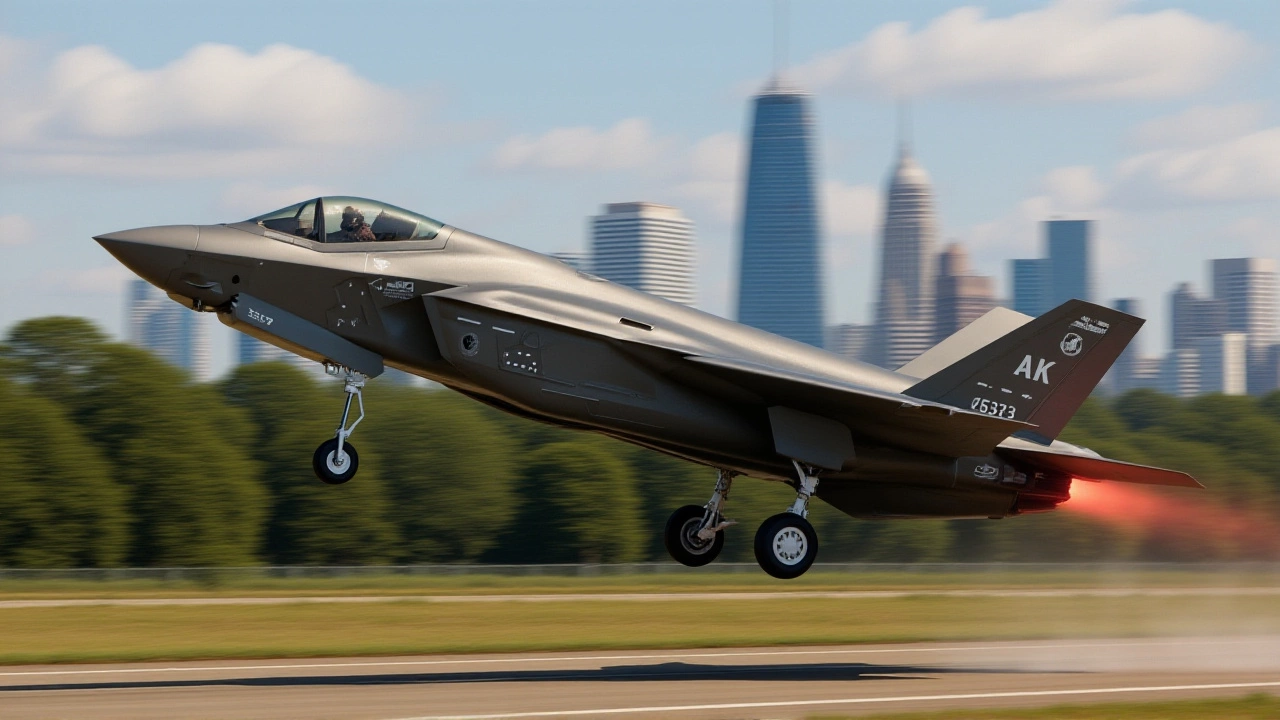NATO – What You Need to Know
When you hear NATO, the North Atlantic Treaty Organization, a political‑military alliance of North American and European nations. North Atlantic Treaty Organization mentioned in the news, you might wonder why it matters to everyday life. In simple terms, NATO is a pact where countries agree to back each other up if any member is attacked. This idea of shared security shapes foreign policies, defense budgets and even the tech that powers modern armies.
The backbone of the alliance is collective defense, the principle that an attack on one member is treated as an attack on all. That's not just a slogan – it’s codified in Article 5, the clause that triggers mutual military response when a member is threatened. Whenever a NATO country faces aggression, the other members consult and can launch coordinated actions, ranging from diplomatic pressure to full‑scale military deployment. This legal trigger has kept the alliance united for decades, even if the actual use of force has been rare.
Who are the players that keep this system running? member countries, the 31 nations that have signed the NATO treaty and contribute troops, equipment and expertise span North America, Central Europe and the Balkans. Their diverse capabilities mean they must speak a common technical language, a challenge solved through extensive military exercises, regular joint training events that test interoperability and readiness. From the icy waters of the North Atlantic to desert drills in the Middle East, these exercises let forces practice everything from air‑defense coordination to cyber‑warfare scenarios.
Why NATO Still Matters Today
Beyond the headline‑grabbing NATO summits, the alliance plays a quiet but vital role in crisis management. Peacekeeping missions in the Balkans, maritime security patrols in the Mediterranean and rapid response teams for natural disasters all fall under NATO’s broader toolkit. The partnership also drives innovation: member nations pool research on next‑generation weapons, AI‑enabled surveillance and resilient communications, creating a technology ecosystem that individual countries could hardly build alone.
Critics sometimes claim NATO is outdated, especially after the Cold War. Yet the alliance constantly adapts – expanding its membership to include newer democracies, updating its strategic concepts to address hybrid threats, and sharpening its cyber‑defense posture. Every new member adds a layer of geographic coverage, while every joint exercise hones the ability to act as a single, coordinated force. In that sense, NATO is less a static club and more a living network that mirrors the changing security landscape.
Understanding these building blocks – collective defense, Article 5, the roster of member countries, and regular military exercises – gives you a solid framework for any story about NATO. Below you’ll find a curated set of articles that dive deeper into specific operations, policy debates and the impact of NATO on regional stability. Whether you’re a student, a policy enthusiast or just curious about how international security works, the pieces that follow will add practical context to the concepts introduced here.
UK Defence Minister John Healey says the 12‑hour RAF‑US patrol near Russia sends a strong NATO unity message after recent Russian airspace breaches.
